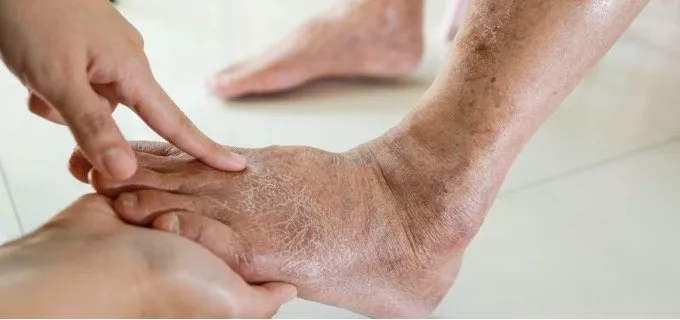
When Is Orthopedic Surgery Necessary For Back Injuries?
October 2, 2025
The Benefits of Botox for Migraines
October 2, 2025Understanding the factors that contribute to various health conditions is a key part of personal health awareness. Deep vein thrombosis, or DVT, is a condition where knowledge of its associated risk factors can be beneficial. By recognizing situations and predispositions that may increase one’s likelihood of developing DVT, individuals may have more informed conversations with their healthcare providers.
What Is Deep Vein Thrombosis?
Deep vein thrombosis occurs when a blood clot forms in one or more of the deep veins in the body. These veins are located further from the skin’s surface. While a clot can form in any deep vein, this condition most frequently affects the large veins in the legs.
Individuals with DVT may experience symptoms such as swelling, pain, or a warm sensation in the affected area. The skin over the area might also appear discolored, turning red or purple. DVT can develop without any noticeable signs at other times, making awareness of risk factors a valuable tool for proactive health management.
Who Is At Risk?
Several factors can increase the likelihood of developing DVT. These factors relate to conditions that affect blood flow and clotting. Some are connected to lifestyle and temporary situations, while others relate to personal health history and genetics.
Periods of limited mobility are a significant contributor to this. When a person remains inactive for extended periods, blood flow in the lower extremities may slow down, increasing the risk of clot formation. Personal and family health history play a role. A person who has a close family member with a history of blood clots may have a greater predisposition. Certain inherited blood disorders can increase the blood’s tendency to clot. Age is another factor, with the risk of DVT generally increasing after the age of 60.
Certain health conditions can influence risk. These include specific types of cancer and their treatments, as well as inflammatory bowel disease. Lifestyle choices, such as smoking, may also affect circulation and blood clotting.
Hormonal changes can also be a factor. Pregnancy increases the risk due to hormonal shifts and increased pressure on the veins in the pelvis and legs. The use of some medications, including specific hormonal therapies and birth control pills, may also influence clotting risk.
How Is It Treated?
The management of deep vein thrombosis is determined by qualified medical professionals based on an individual’s specific circumstances and medical history. Standard treatment approaches focus on preventing the clot from getting larger and stopping it from traveling to other parts of the body, such as the lungs. A healthcare provider may prescribe anticoagulant medications.
Guidance on physical activity may be another component of a management plan. A professional can advise on the appropriate level of movement, often encouraging walking to promote circulation once treatment has begun. Regular follow-up and monitoring are standard to oversee the effectiveness of the treatment plan.
Speak to a Vascular Specialist
If you have questions about your personal risk factors for deep vein thrombosis or are experiencing concerning symptoms, consulting a healthcare provider is a prudent course of action. A vascular specialist is a medical doctor who specializes in diseases of the circulatory system. This professional can evaluate your health history, assess your circulation, and provide personalized treatment tailored to your needs.





